 |
| If today, shipping a container from Mumbai (India) to Europe must go through the Suez Canal, in the future, it will be possible to transport it by rail from Dubai (UAE) to Haifa in Israel and on to Europe. Illustration photo: Reuters |
The above plan was announced on the sidelines of the G20 Summit held in New Delhi, India recently.
The US, Saudi Arabia, the European Union (EU), the United Arab Emirates (UAE) and other countries have launched an initiative to connect rail and port infrastructure across the Middle East (including the UAE, Saudi Arabia, Jordan and Israel) to help accelerate trade between India and Europe by up to 40%. The signatories hope that the plan will help integrate India's vast market of 1.4 billion people with western countries, while boosting the Middle East economy and normalizing relations between Israel and the Gulf Arab states.
The Spice Route Economic Corridor will develop infrastructure to enable the production and transport of green hydrogen. The plan will also enhance telecommunications and data transmission through a new submarine cable connecting the region. Through this plan, Middle Eastern countries can also reduce their dependence on fossil fuels.
The Spice Route Economic Corridor will develop infrastructure to enable the production and transport of green hydrogen. The plan will also enhance telecommunications and data transmission through a new submarine cable connecting the region. Through this plan, Middle Eastern countries can also reduce their dependence on fossil fuels.
The initiative was launched to diversify trade connection points, in the context that Egypt's Suez Canal is currently a major "bottleneck" for world trade, where about 10% of global maritime cargo volume is transited but is often disrupted.
In March 2021, the giant container ship Ever Given got stuck in the Suez Canal, causing a traffic jam there for nearly a week. Pramit Pal Chaudhuri, an official of Eurasia Group in charge of the South Asia region, said that while today, shipping a container from Mumbai (India) to Europe has to go through the Suez Canal, in the future, it can be transported by rail from Dubai (UAE) to Haifa in Israel and on to Europe, helping to shorten the time and save money.
If today, shipping a container from Mumbai (India) to Europe requires going through the Suez Canal, in the future, it will be possible to ship by rail from Dubai (UAE) to Haifa in Israel and on to Europe, saving time and money.
The India-Middle East-Europe infrastructure connectivity initiative opens up many opportunities to boost India's trade with two important regions.
The EU is India’s second largest trading partner and the second largest destination for Indian exports. India’s merchandise exports to EU member states were around $65 billion in 2021-22, while imports totaled $51.4 billion. India and the EU have been negotiating a comprehensive free trade agreement (FTA) to further strengthen their economic ties.
Meanwhile, India is also stepping up trade and investment cooperation with countries in the Middle East.
India and Egypt have agreed to boost bilateral trade with the aim of raising bilateral trade to $12 billion in the next five years. India is currently one of Egypt’s top five importers, with its exports including crude oil and liquefied natural gas, salt, cotton, inorganic chemicals and oilseeds. India’s major exports to Egypt include cotton yarn, coffee, herbs, tobacco, lentils, vehicle parts, ships, boats and electronic machinery. According to the Indian Ministry of External Affairs , more than 50 Indian companies have invested around $3.15 billion in various sectors of the Egyptian economy.
Through the regional connectivity initiative, India also wants to tap the potential of trade cooperation with Saudi Arabia. With Saudi Arabia, India will rank second in terms of trade volume by 2022, reaching $52.4 billion. In addition, India has more than 3,000 companies with investment licenses in Saudi Arabia.
Speaking at the launch event of the Spice Route, US President J. Biden said that this is truly a historic big deal. Meanwhile, President of the European Commission (EC), Ms. Ursula von der Leyen, assessed that the India-Middle East-Europe economic corridor is not just a railway or cable, but a “green and digital bridge” across continents and civilizations. With a potential market of human resources, resources and important infrastructure connected, the Spice Route is expected to witness a boom in trade from Asia, to West Asia and Europe.
Source




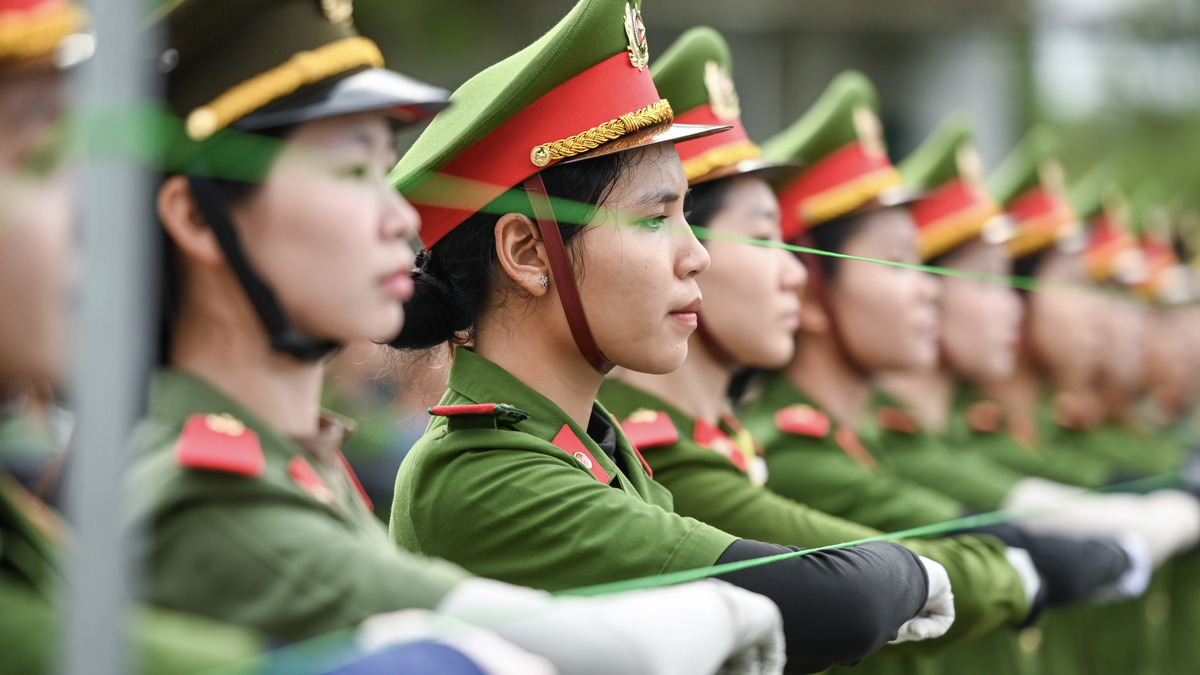






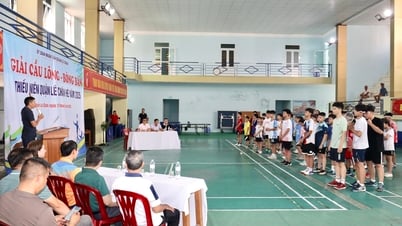
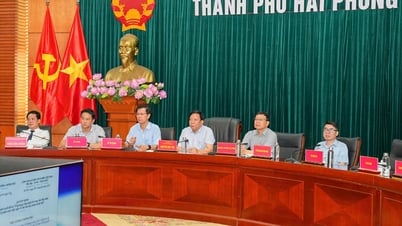
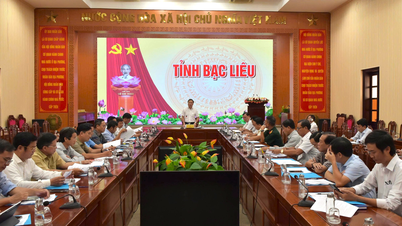
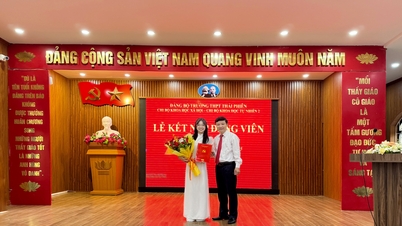






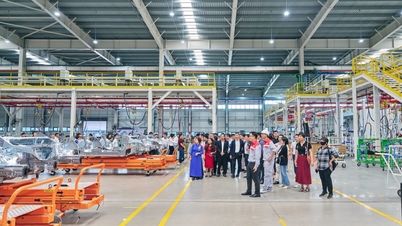

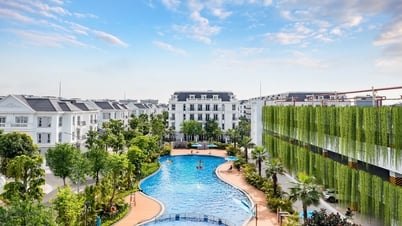































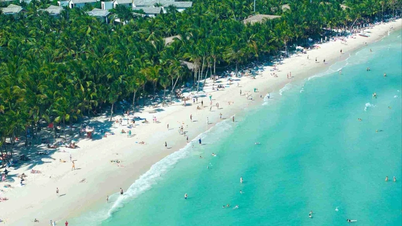





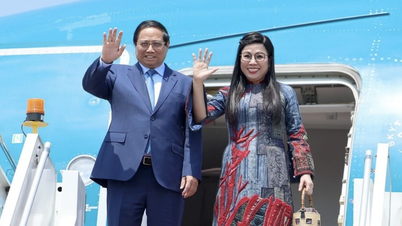
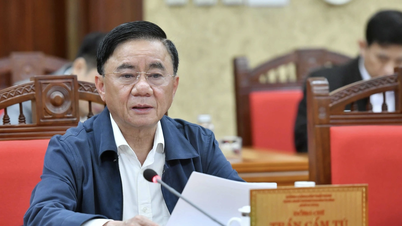

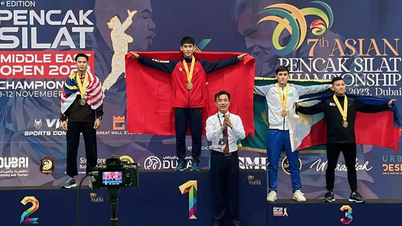

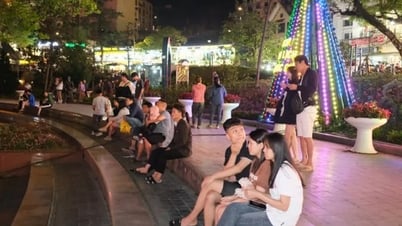
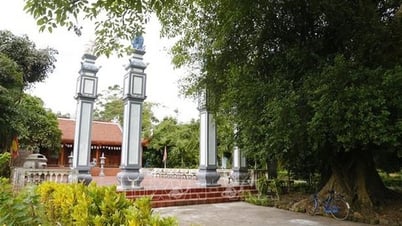

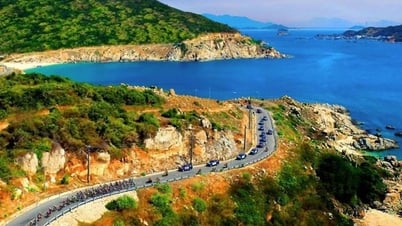
























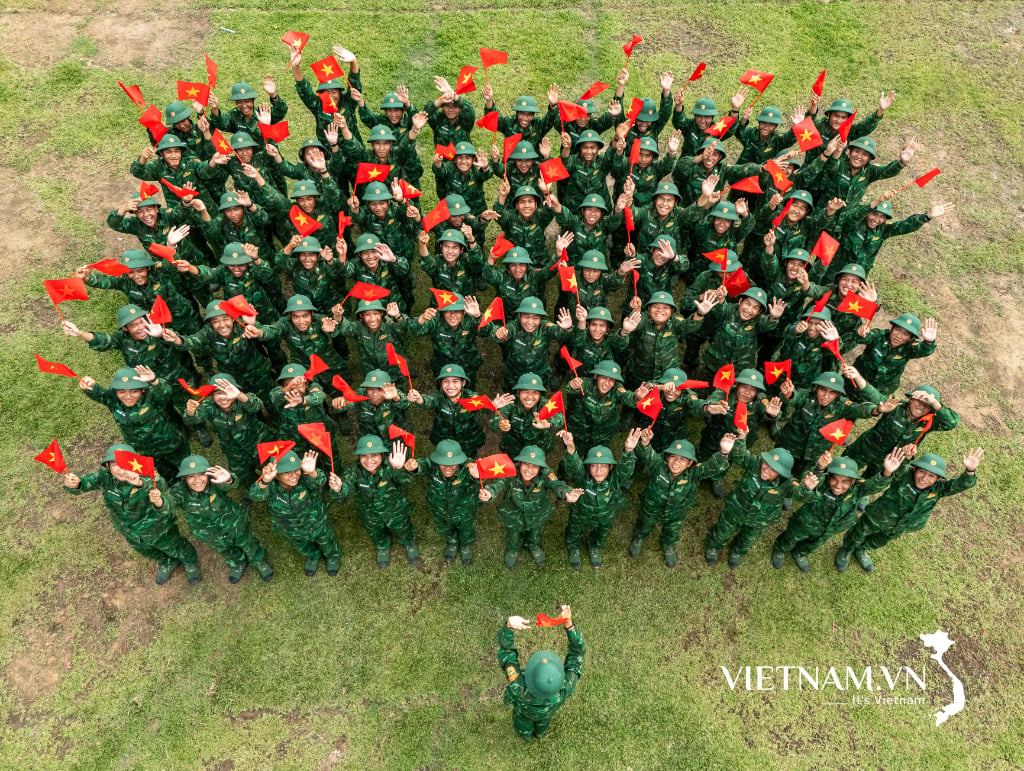
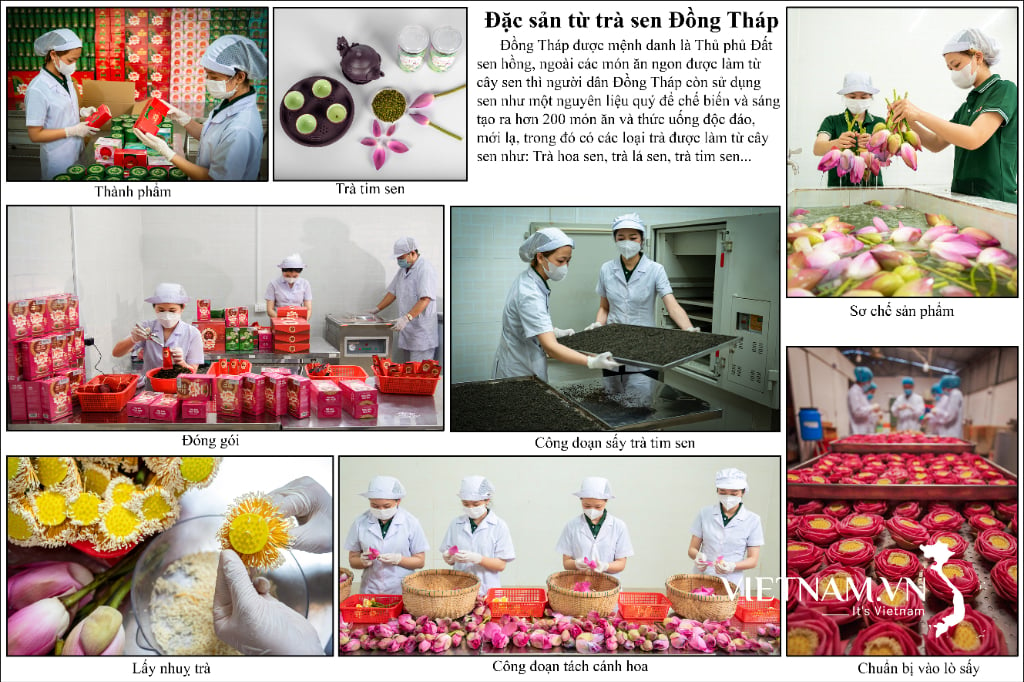
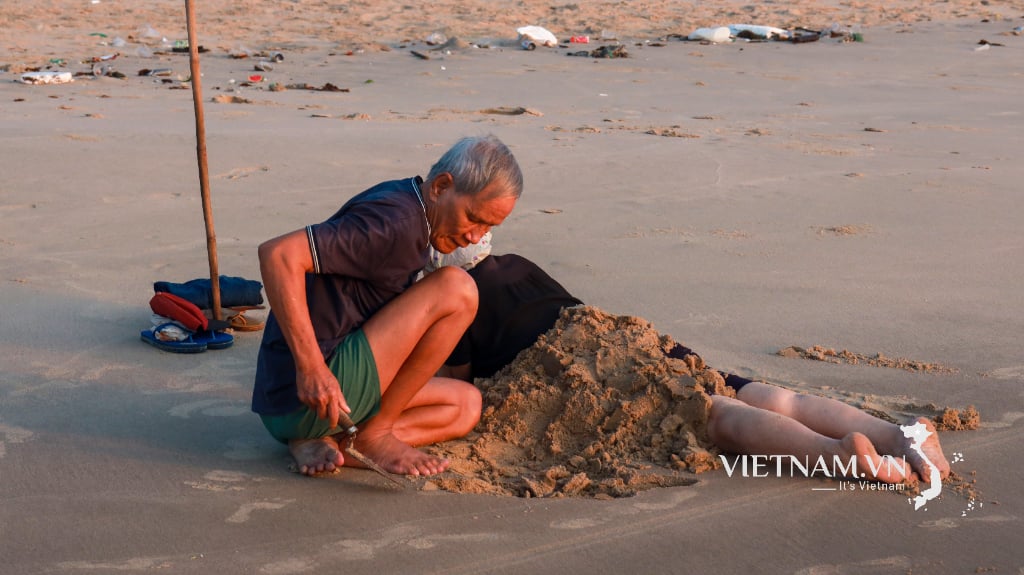
Comment (0)